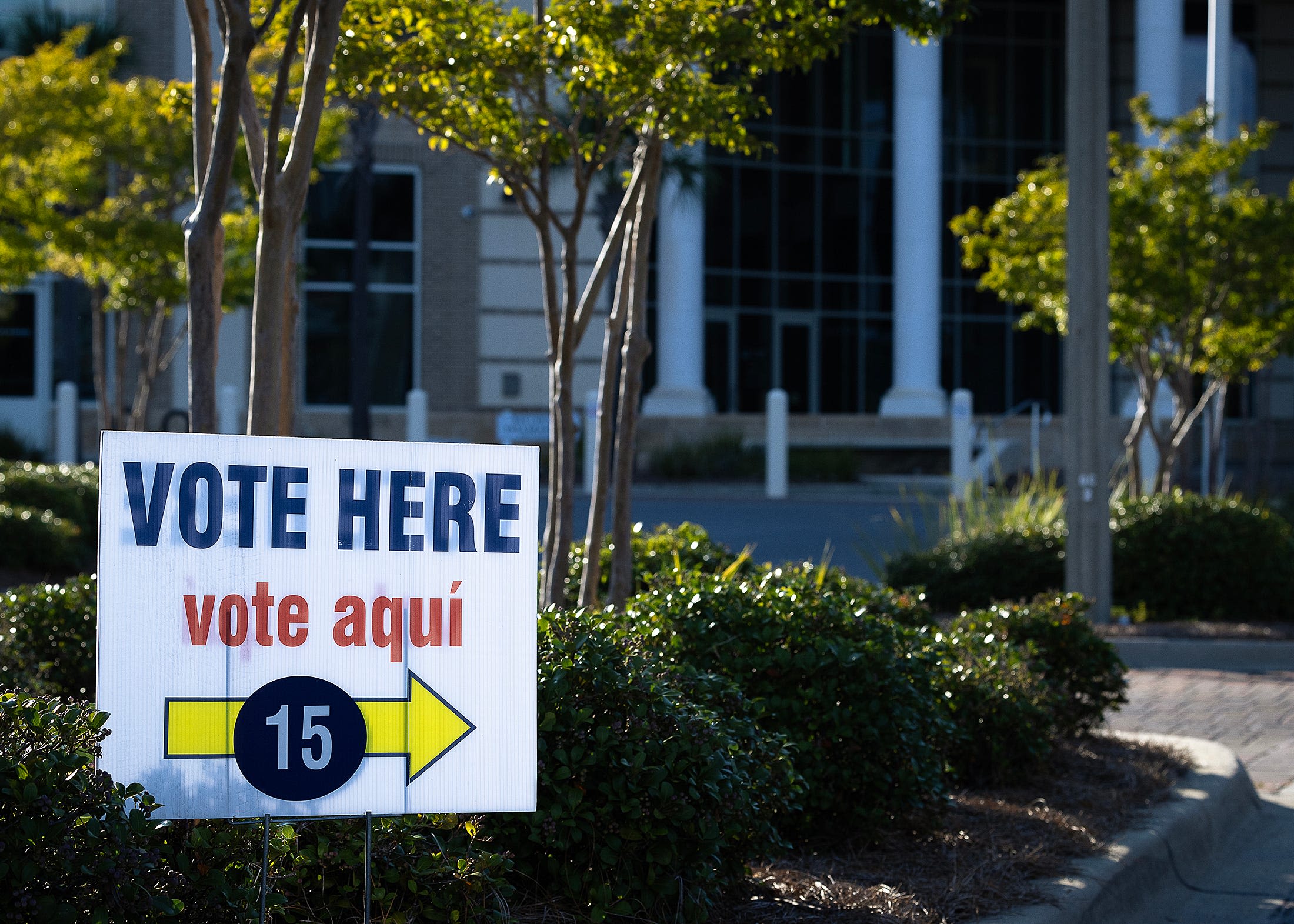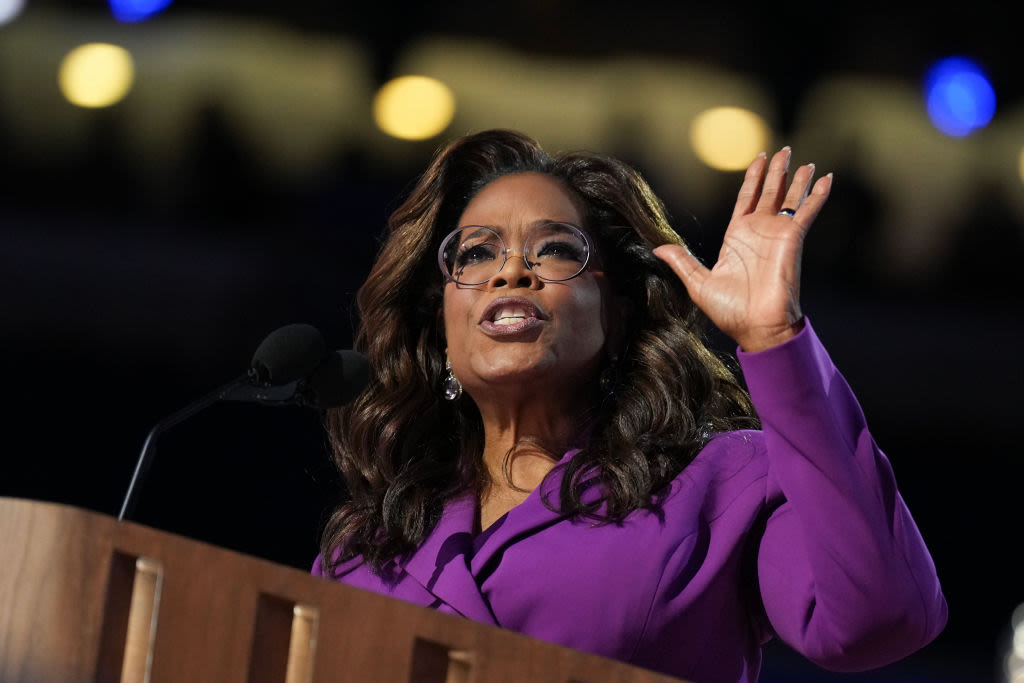Search results
Most elected federal and state offices are elected in partisan elections, which means party labels for candidates affiliated with a political party are displayed on the ballot. There are municipal, county, and district offices elected through partisan elections as well.
A partisan is a committed member of a political party. In multi-party systems, the term is used for persons who strongly support their party's policies and are reluctant to compromise with political opponents.
In partisan elections, a candidate is identified based on the party he or she was affiliated with as a candidate. Some circumstances, such as an official's public statements of non-support for the party, can affect how partisan affiliation is determined.
Apr 30, 2024 · 44% of states have either an open partisan primary election or one that is open to unaffiliated voters. Open partisan primary elections generally allow all voters to participate, regardless of their political affiliation.
News about Florida, Lake County, Georgia Election Board
News about Florida, school board elections, amendments
Also in the news
Apr 9, 2024 · Pew Research Center conducted this analysis to explore partisan identification among U.S. registered voters across major demographic groups and how voters’ partisan affiliation has shifted over time. It also explores the changing composition of voters overall and the partisan coalitions.
- Reem Nadeem
Apr 9, 2024 · Partisans and partisan leaners in the U.S. electorate. About two-thirds of registered voters identify as a partisan, and they are roughly evenly split between those who say they are Republicans (32% of voters) and those who say they are Democrats (33%).
Oct 11, 2022 · Legislation passed in various states has changed rules on how voters cast ballots, reduced the role of state chief election officials and shifted some aspects of election administration to...




